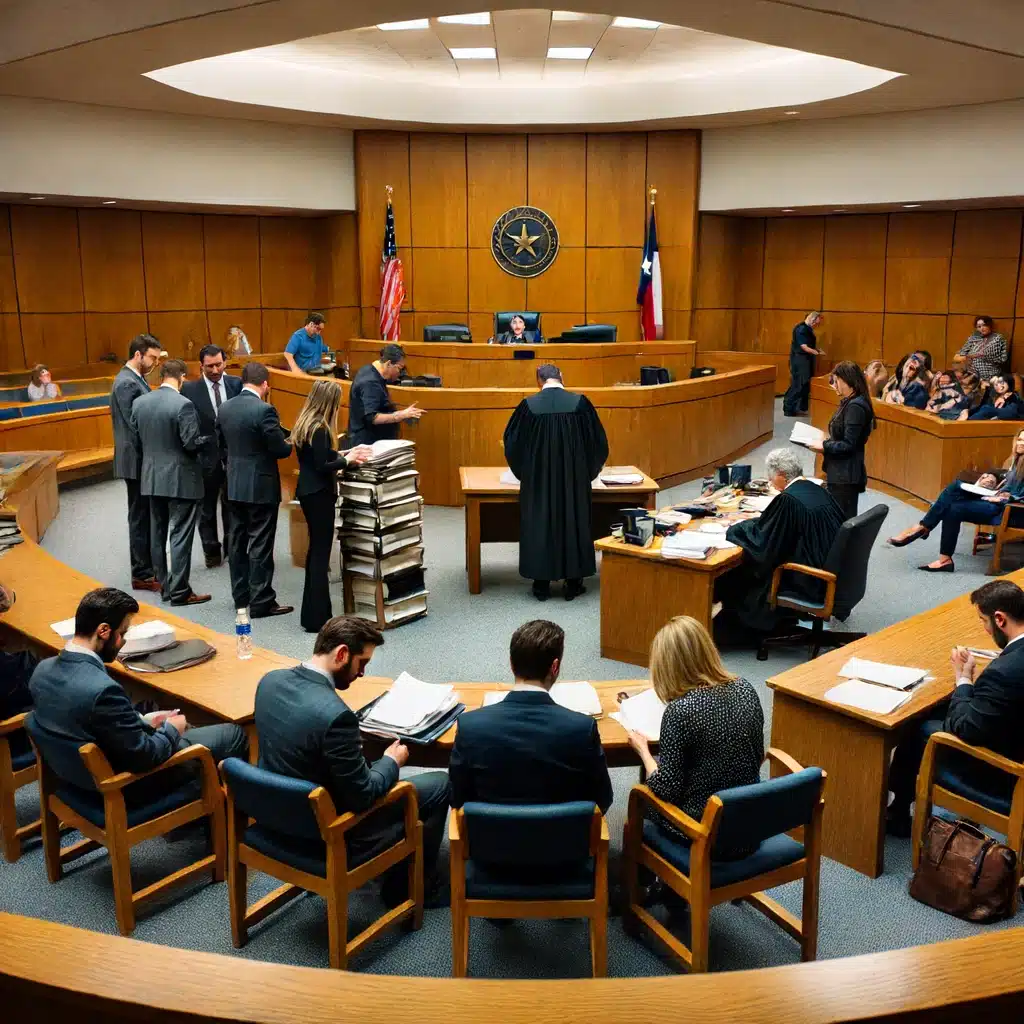Essential Tips for Pro Se Custody Success with a Divorce Specialist Guidance

Pro Se Custody Navigating a custody battle can be a daunting and emotional process, especially for individuals choosing to represent themselves, also known as “pro se” litigants. While self-representation might save on legal costs, the complexities of custody cases demand a strategic approach. With the right tools, preparation, and expert insights, you can increase your […]
Pro Se Custody: A Step-by-Step Guide to Representing Yourself in Custody Disputes

Pro Se Custody Custody cases are stressful and often full of legal jargon, so it feels impossible when you decide to go the Pro Se Custody route. But with the right preparation and knowledge, it is. Read here to find out how those motions may be managed in contested custody matters and how you can […]
Essential Tips for Succeeding Pro Se in Family Court Without an Attorney

Family Court It is quite overwhelming to deal with a family court without legal representatives. Legal matters may be complicated, although they can be as simple as pie if they are well prepared, researched, and attended to. Issues such as perjury in family court can further complicate the process, making it essential to stay informed […]
How a Divorce Specialist Can Simplify Your Journey Through Divorce and Custody Battles

Divorce Specialist Divorce Specialist and child custody are stressful, difficult processes, whether one is the mother or the father. It turns into legal issues when some aspects of the process are being implemented and into an emotional issue, especially in cases that have implications when children are included as subjects. This is where a Divorce […]
How A Divorce Consultant Simplifies the Legal and Emotional Complexities

A Divorce Consultant Divorce is one of the most challenging transitions anyone can face. It brings not just legal complexities but also a whirlwind of emotions that can be difficult to navigate. That’s where a divorce consultant becomes invaluable. Whether you’re struggling with legal paperwork, custody arrangements, or emotional turmoil. A divorce consultant can guide […]
Why You Should Schedule a Consultation with A Divorce Lawyer Before Filing

A Divorce Lawyer Divorce is one of life’s most challenging transitions, and making the right decisions at the start can set the tone for how the process unfolds. Before taking the significant step of filing for divorce, scheduling a consultation with A divorce lawyer is a wise move. It ensures you’re informed, prepared, and positioned […]
Top Divorce Newsletter Insights: Key Tips for Managing Finances During Divorce

Divorce Newsletter Divorce Newsletter is undoubtedly one of the most difficult life changes for which people can be prepared, and when it comes to the financial aspect of it, everything may seem uncertain. Lastly, whenever a decisiveness of an elemental necessity as the shelter is stolen, what with the emotional stress and uncertainty? Of significant […]
How a Divorce Consultant Can Help You Navigate the Emotional Turmoil of Separation

Divorce Consultant A divorce consultant is knowledgeable in the most effective way to deal with a divorce case. In contrast to a lawyer whose work is more or less strictly legal, a divorce consultant provides a much more comprehensive set of services, including counseling, consultation, and planning. They do not take sides but help you […]
Interview with a Divorce Strategist: Expert Advice and Insights

Divorce Strategist: If ever there is a time when professional advice could help, Divorce Strategist may be one of the most difficult times in one’s life, highly emotional, financially confusing, and a legal quagmire. Just recently, we had the opportunity to talk with an eminent divorce strategist who had been able to help most who […]
Unlocking Strategies: Your Divorce Roadmap with the Divorce Solutionist

Unlocking Strategies This is “Unlocking Strategies: Your Divorce Roadmap,” a trustworthy book that will help you confidently understand and handle the complicated world of divorce. People thinking about breaking up, going through the process, or starting over after a divorce can use this blog. Its goal is to help and support you at every step. […]
